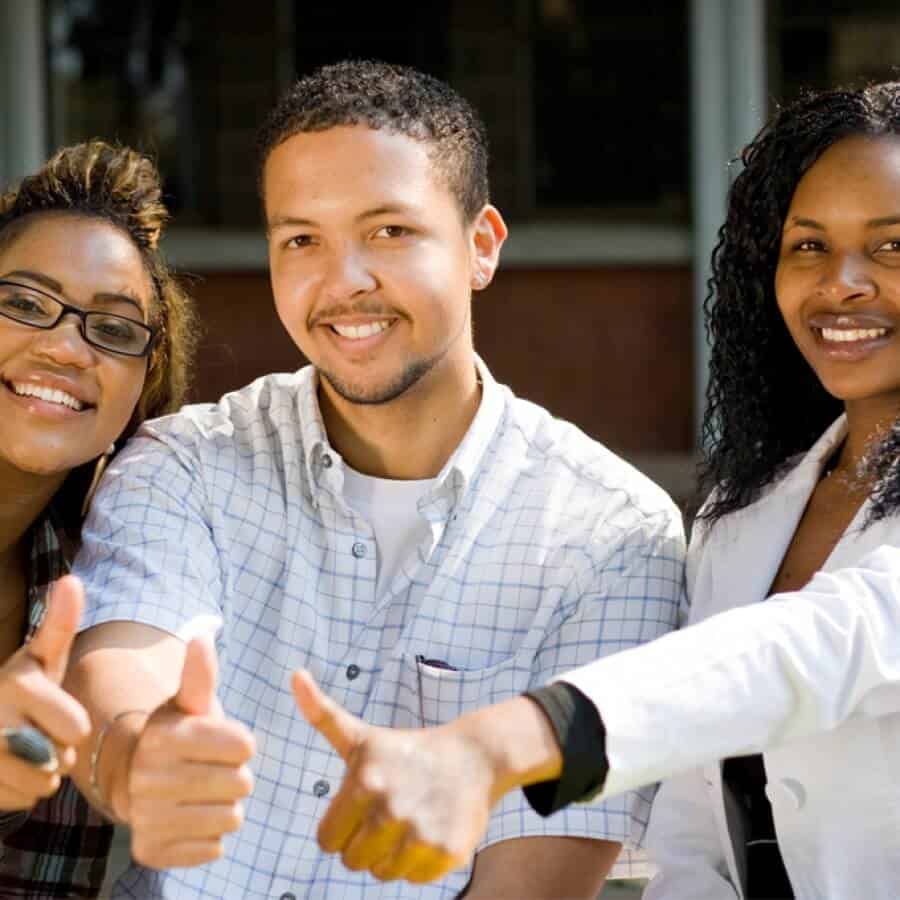Imagine a classroom where every student’s unique needs are met through cutting-edge technology and innovative teaching methods. In this classroom, students are not just passive recipients of information but active […]
Imagine a classroom where every student’s unique needs are met through cutting-edge technology and innovative teaching methods. In this classroom, students are not just passive recipients of information but active participants in their learning journey, exploring new worlds through virtual reality, solving real-world problems with project-based learning, and feeling truly seen and supported in an inclusive environment. This is not a distant dream but the rapidly approaching future of education.
Technological Advancements in Education
Technology is revolutionizing education in incredible ways. Artificial intelligence (AI) and machine learning are creating personalized learning experiences, allowing students to learn at their own pace and receive tailored feedback. According to the Brookings Institution, AI-powered personalized learning can significantly improve student outcomes by providing customized learning pathways that adapt to individual strengths and weaknesses.
Virtual and augmented reality (VR and AR) are making learning more immersive and engaging. For example, in a middle school in San Francisco, students use VR to explore ancient civilizations, which enhances learning retention rates by 75%, as reported by PwC. Students can conduct virtual science experiments and experience complex concepts firsthand. Online learning platforms and digital classrooms are breaking down geographical barriers, providing access to quality education for everyone, no matter where they live. The World Economic Forum highlights that online learning can increase learning retention rates by 25-60%.
Gamification and interactive learning tools are also making education more fun and motivating. By turning lessons into games, students are excited to learn and retain information better, fostering a love for learning and critical thinking skills. Research from the University of Michigan indicates that gamified learning can lead to higher levels of engagement and motivation, which are key factors in academic success.

Innovative Teaching Methods
The future of education is about more than just technology. Innovative teaching methods are reshaping how we learn. Project-based learning and experiential education focus on real-world applications of knowledge, helping students understand and retain information by doing. In a high school in Colorado, students work on real-world problems, such as designing sustainable cities and creating business plans for new products. The Buck Institute for Education reports that students involved in project-based learning perform better on critical thinking and problem-solving tasks than those in traditional learning environments.
Flipped classrooms and blended learning models combine online and in-person instruction, allowing students to engage with materials at their own pace before applying them in interactive classroom settings. This approach encourages active learning and collaboration. A study by the Flipped Learning Network found that 71% of teachers who flipped their classrooms noticed improved grades, and 80% reported improved student attitudes.
STEAM education (Science, Technology, Engineering, Arts, Mathematics) integrates creativity with traditional STEM subjects, preparing students for diverse career paths by fostering innovation and problem-solving skills. The U.S. Department of Education emphasizes that STEAM education encourages students to think critically and creatively, which are essential skills for the future workforce.
Inclusive Education Practices
Inclusivity is key to the future of education. Ensuring all students have access to quality education means accommodating diverse learning needs and providing support for underserved communities. According to UNESCO, inclusive education not only benefits students with disabilities but also improves the learning experience for all students by fostering a culture of diversity and acceptance.
Culturally responsive teaching values students’ backgrounds, creating an inclusive environment where everyone feels represented and respected. For example, the Boston Arts Academy is leading the way by valuing students’ cultural backgrounds and creating environments where all students feel represented and respected. A study by the National Education Association found that culturally responsive teaching can significantly enhance student engagement and academic achievement, particularly for minority students.
Global education perspectives encourage students to think beyond their local communities, fostering empathy and global citizenship. The OECD’s Global Competency for an Inclusive World framework emphasizes the importance of preparing students to understand and engage with global issues, promoting peace and sustainability.
Supporting mental health and emotional well-being is also crucial. Schools are increasingly recognizing the importance of counseling services, mindfulness programs, and social-emotional learning. According to the American Psychological Association, students who receive social-emotional learning support perform better academically and have improved social skills and attitudes.
Role of Educators and Institutions
Teachers and educational institutions are the heart of this transformation. Continuous professional development ensures educators have the latest skills and knowledge to inspire and support their students. Research by the Learning Policy Institute shows that effective professional development can lead to significant improvements in teaching practices and student outcomes.
Collaboration between schools, communities, and industries enriches the educational experience, creating a network of resources and opportunities. A report by the Partnership for 21st Century Skills highlights the benefits of such collaborations, noting that they prepare students for the complexities of the modern workforce.
Leadership in fostering innovative environments involves embracing change and encouraging creativity. Schools must be adaptable to meet the needs of modern students and create a nurturing environment for learning. The Wallace Foundation’s research indicates that strong educational leadership is critical to the success of school reform efforts and the implementation of innovative practices.
Opportunities for Youth
The future of education is brimming with opportunities for young people. Preparing students for future careers involves teaching digital literacy, critical thinking, and adaptability. According to the World Economic Forum, 65% of children entering primary school today will ultimately work in jobs that don’t yet exist, highlighting the need for a forward-thinking approach to education.
Encouraging entrepreneurship and leadership skills empowers students to innovate and create their own paths. The Global Entrepreneurship Monitor reports that entrepreneurship education can increase students’ likelihood of starting their own businesses and improve their entrepreneurial skills and mindset.
Real-world experiences, like internships and apprenticeships, provide students with practical knowledge and insights into various industries, bridging the gap between academic learning and professional application. The National Association of Colleges and Employers found that students with internship experience are more likely to receive job offers and command higher salaries.
Fostering global citizenship and social responsibility is essential in a connected world. Education should inspire students to contribute positively to society and address global challenges. A study by Oxfam emphasizes that global citizenship education can help students develop the skills and values needed to promote social justice and sustainability.
Challenges and Considerations
While the future is bright, challenges remain. Addressing the digital divide is essential to ensure equitable educational opportunities. According to the Pew Research Center, about 15% of U.S. households with school-age children do not have high-speed internet, highlighting the need for policies that promote digital equity.
Balancing screen time with traditional learning methods is important to prevent digital overload. The American Academy of Pediatrics recommends setting limits on screen time and encouraging other activities to ensure a balanced approach to learning.
Ethical considerations in using technology in education are crucial for protecting students’ privacy and security. The International Society for Technology in Education (ISTE) emphasizes the importance of developing policies and practices that safeguard student data and promote ethical technology use.
Conclusion
The future of education is full of promise. By embracing technology, innovative teaching methods, and inclusivity, we can create a supportive and inspiring educational environment for all students. Let’s build a brighter future for our youth, ensuring every student has the opportunity to reach their full potential and contribute meaningfully to society. With dedication, collaboration, and a shared vision, we can transform education and create a world where all learners thrive. Together, we can empower the next generation with the skills and knowledge they need to succeed and make a positive impact on the world.

Support us!
All your donations will be used to pay the magazine’s journalists and to support the ongoing costs of maintaining the site.
Share this post
Interested in co-operating with us?
We are open to co-operation from writers and businesses alike. You can reach us on our email at [email protected]/[email protected] and we will get back to you as quick as we can.










